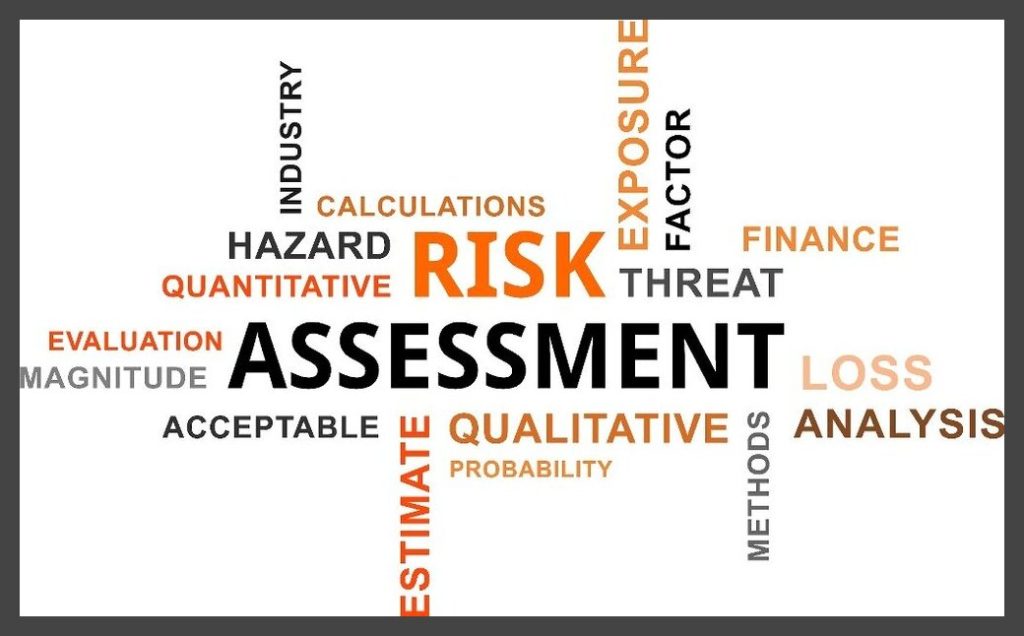The Regulatory Reform (Fire Safety) Order 2005 (commonly known as the Fire Safety Order) introduced a legal duty for ‘the responsible person’ to take all reasonable steps to ensure appropriate fire safety levels.
The segment within the legislation focusing on fire risk assessments opens with the following:
Risk assessment definition
To comply with the requirements and prohibitions of this Order, the person in charge must assess the risks that relevant individuals are exposed to and identify the necessary fire precautions. This assessment must be suitable and sufficient.

What is the scope/included?
This legislation applies to all non-domestic properties, including commercial and public premises, such as shops, factories, warehouses and offices, schools, nursing homes, and businesses providing sleeping accommodations. It also applies to sheltered housing and the communal areas of blocks of flats and houses in multiple occupations (HMOs), though not to the individual dwellings within the HMO.
For businesses employing five or more employees, there is a legal requirement to carry out a fire risk assessment and document the findings in writing.
Fire Risk Assessments are carried out by the organisation or business affected. Please be aware, though, that the person carrying out the assessment must have sufficient training to judge the fire risks and the solutions required. The potential punishment for failing to meet your duties concerning fire risk assessments is a prison sentence of up to two years and an unlimited fine. Therefore, if you have doubts about your ability to carry out an FRA, it is highly recommended to engage the services of a professional fire risk assessor’s services to ensure you comply with all relevant regulations.
Areas that need be considered in almost all fire risk assessments are fire detection systems, emergency exits and routes (including evacuation plans), firefighting equipment and the availability of information and advice to the building’s occupants.
When conducting a fire risk assessment, it is crucial to consider factors such as the specific needs of vulnerable individuals and the safe storage of hazardous materials. However, the relevance of these factors may vary depending on the intended use of the building..
It is important to keep the fire risk assessment document up to date by regularly reviewing and updating it whenever there are any changes in the premises’ occupancy or activities.
What are the benefits for our clients?
We recommend clients contact us to discuss their fire risk assessment if they are unsure about how to complete FRA’s or are looking for support and further guidance.
